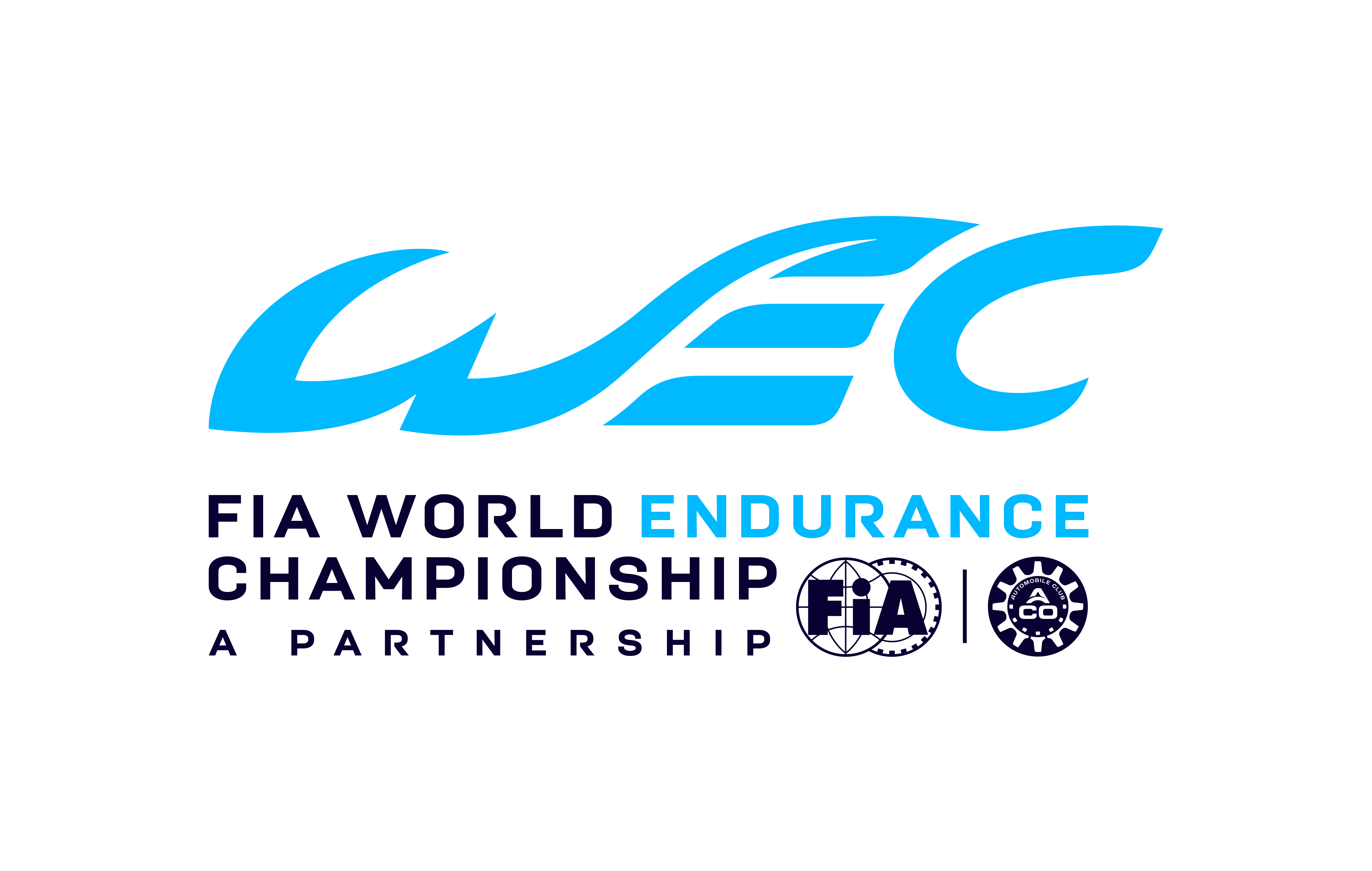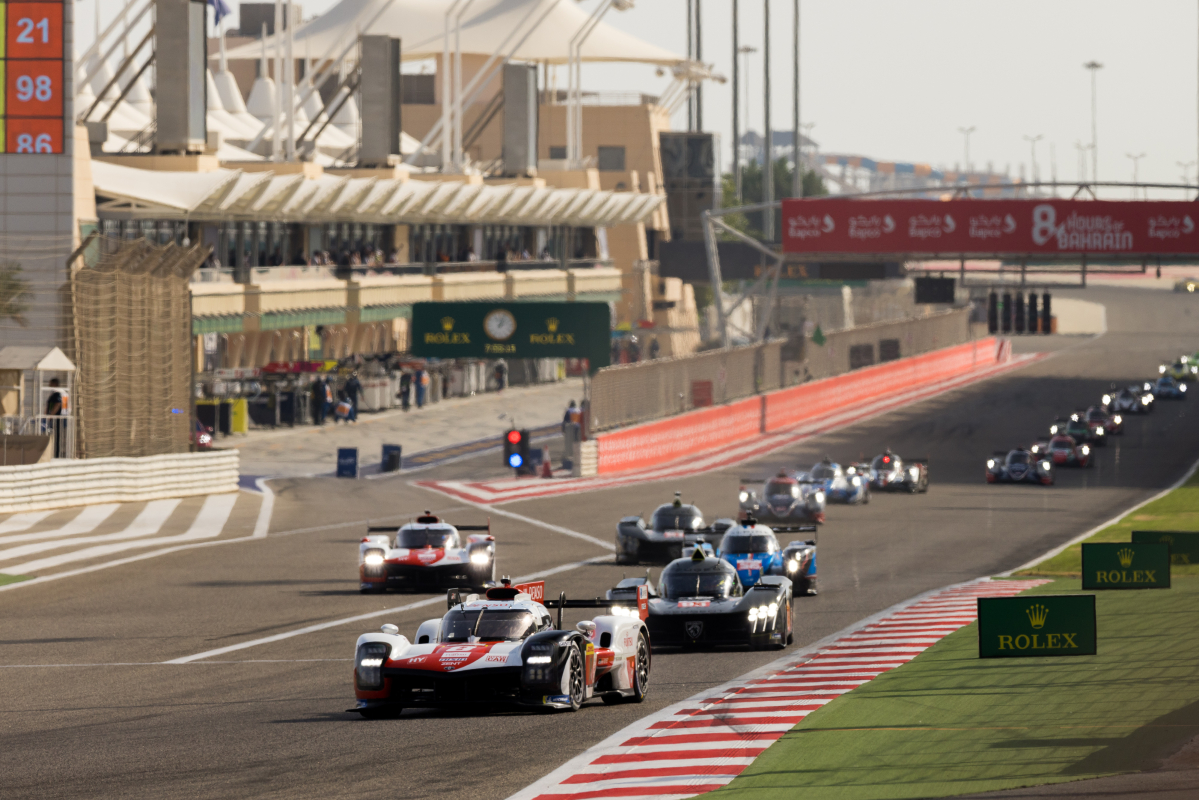
The 2024 FIA World Endurance Championship is set to be the strongest yet with a record-breaking 19 Hypercar entries, 18 LMGT3 cars and 14 manufacturers

However, what else is new to the WEC in 2024? Below are some of the main changes affecting the world’s premier endurance racing series for the upcoming season.
HYPERCAR CLASS
The Hypercar class continues to go from strength to strength and in 2024, there will 19 full-time Hypercar entries (up from 13 in 2023). New manufacturers include Alpine, BMW, Isotta Fraschini and Lamborghini who join existing marques Cadillac, Ferrari, Peugeot, Porsche and Toyota.
LMGT3 CLASS
The new-for-2024 GT class will be based around FIA's existing GT3 technical platform and will focus on gentlemen drivers and private teams. LMGT3 will replace cars built to LMGTE technical regulations that have been on the WEC grid since the series' inaugural season in 2012. The cars will feature several WEC-specific adaptations such as torquemeters, possible small bodywork upgrade, luminescent number panels and leader light. The cars will be using Goodyear tyres.
In 2024, there will be 18 LMGT3 cars on the WEC grid including entries from Aston Martin, BMW, Corvette, Ferrari, Ford, Lexus, Lamborghini, McLaren and Porsche.
NEW VENUES
The 2024 WEC calendar will increase to eight rounds in 2024 (up from seven in 2023) with the addition a new race in South America. The WEC will travel to five territories in 2024 (Asia, Europe, North America, South America and the Middle East).
There will be two brand-new race venues for the WEC (Lusail in Qatar and Imola in Italy) while there will be two returning circuits (Interlagos in Brazil and COTA in USA). The remaining four venues have been on the WEC calendar for several years [Le Mans, Spa-Francorchamps, Bahrain and Fuji].
QUALIFYING
For 2024, an enhanced qualifying format will see Hypercar and LMGT3 classes feature two sessions each. Both classes will have a 12-minute qualifying followed by a 10-minute-long Hyperpole for the top 10 qualifiers that will decide the pole position winners.
This session is reserved for the 10 best cars from the first qualifying practice session for each category which will determine the first 10 positions on the starting grid for each category. Previously each class featured a single, 15-minute qualifying, with the Hyperpole format reserved only for round four of the WEC, the 24 Hours of Le Mans.
SAFETY CAR PROCEDURE
New for 2024, the Race Director may declare a Virtual Safety Car (VSC) if deemed necessary. Each VSC period will be systematically followed by a Safety Car procedure.
The VSC is a tool intended to secure interventions around the track in the event of an accident and can be used for an approximate duration of two laps before deployment of the Safety Car (SC).
Once VSC is displayed on the monitors, the cars must slow down to 80kph, in a single line, and maintain the distance that separates them from the car in front and the one behind. Access to the pit lane will remain open for the duration of the VSC. When the Race Director deems it appropriate, he will terminate the VSC procedure by deploying the SC procedure.